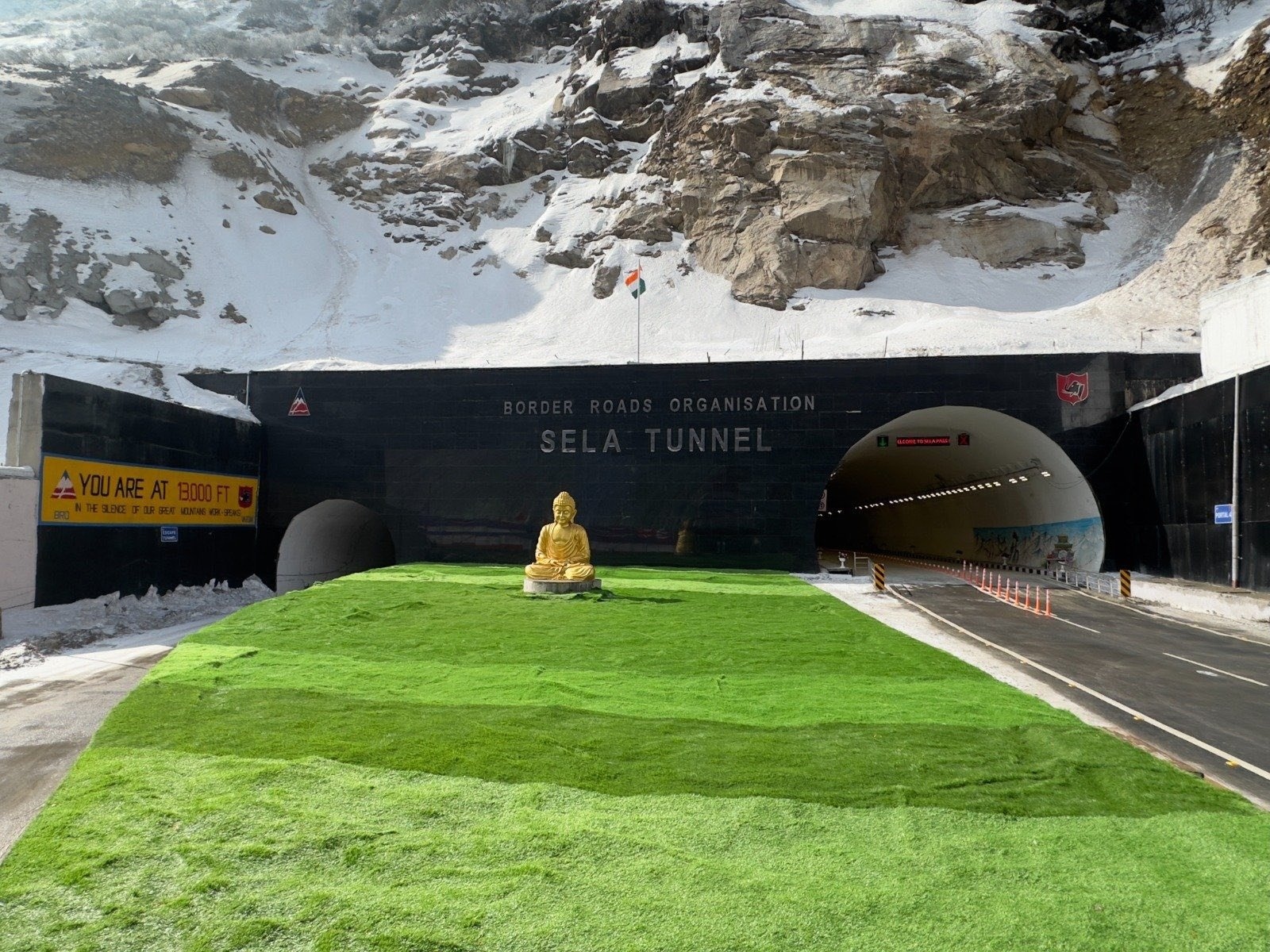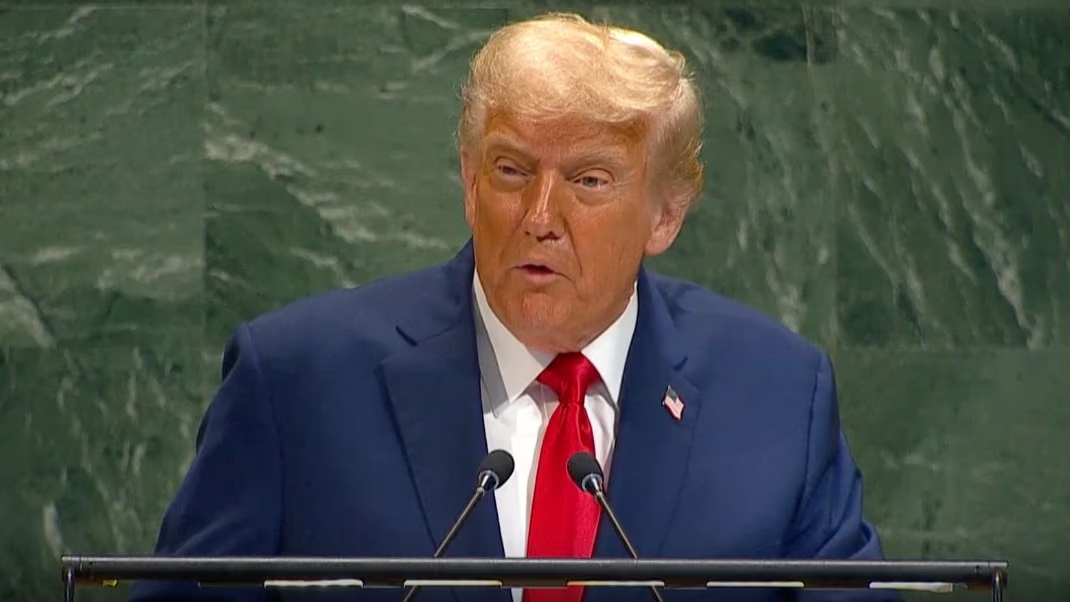Despite numerous explanations, China remains adamant. Once again, it has laid claim to Arunachal Pradesh, expressing objections to PM Modi's recent tour of the area.
The Chinese Ministry of Foreign Affairs, represented by Wang Wenbin, has lodged diplomatic protests against India regarding PM Modi's visit, suggesting that this move will exacerbate the India-China border contention. Wenbin insists that India has no rights to develop what China considers its 'Southern Tibet'.
China refers to Arunachal Pradesh using the name 'South Tibet.' Meanwhile, in response to China's protests, India has issued a firm statement, reiterating that Arunachal Pradesh was, is, and will always be an integral part of its territory.
China often expresses dissent regarding Indian officials' visits to Arunachal Pradesh. However, India has repeatedly clarified that the region is an essential part of the country, and changing its name doesn't alter reality.
When did PM Modi visit?
Prime Minister Narendra Modi visited Arunachal Pradesh on March 9. He inaugurated several projects, including the strategically significant Sela Tunnel at an altitude of 13,700 feet.
The Sela Tunnel, constructed on the road linking Tezpur in Assam with Tawang in Arunachal Pradesh, is the world's longest double-lane tunnel at the cost of INR 825 crores. It features two tunnels: a single-tube tunnel 980 meters long, and a double-tube tunnel 1.5 kilometers long, with two lanes intending to streamline traffic and emergency management.
China's ire also stems from this tunnel, as it will bolster Indian military access to the China border, ensuring swift and all-weather connectivity to the Line of Actual Control (LAC).

Source: aajtak
The underlying issue with China centers around its long-standing dispute with India over Arunachal Pradesh. According to the Indian Ministry of Foreign Affairs, China claims about 90,000 square kilometers of Arunachal Pradesh.
To understand the roots of the contention, we have to delve into history. Specifically, the 1914 Simla Agreement involving Britain, China, and an independent Tibet, which delineated the McMahon Line as an international boundary, recognizing Arunachal Pradesh as part of India. The world, except for China, accepts this line.
Following independence, India endorsed the McMahon Line as its border. However, China's assertions changed after its 1950 annexation of Tibet, claiming Arunachal Pradesh as part of 'South Tibet' and therefore, within its territory.
China does not accept the McMahon Line, arguing that it was not present during the 1914 agreement. With Tibet previously being an independent entity, China believes it should have had a say in such decisions.
Read more:
The scuffle over Tawang
China has long coveted Tawang in Arunachal Pradesh, a significant Buddhist pilgrimage site. During the 1962 war, Chinese forces occupied Tawang for a month, later backing down due to a ceasefire. Frequent clashes between Indian and Chinese troops have occurred in the region, with the most recent skirmish in December 2022.




